- Overview of plastering reinforcement fundamentals
- Technical specifications and performance data
- Industry benchmarking of manufacturers
- Customization parameters for specialized projects
- Implementation scenarios across construction types
- Proper installation methodology
- Material selection conclusions
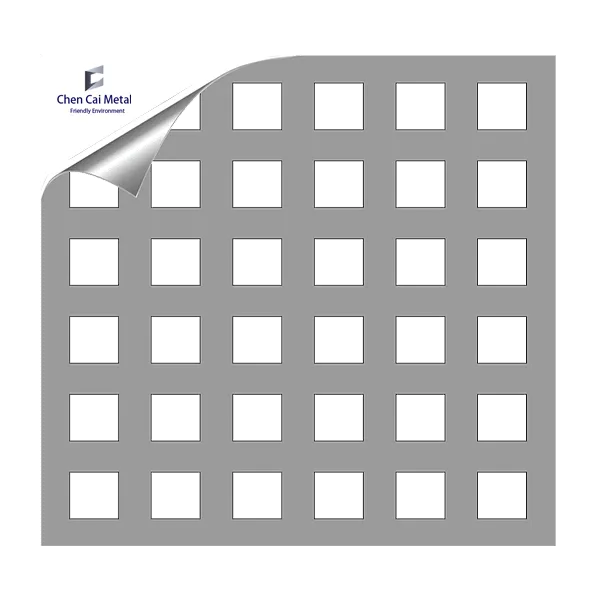
(expanded metal mesh for plastering)
Understanding Expanded Metal Mesh for Plastering Applications
Construction reinforcement requires materials that bridge structural gaps while maintaining material integrity. Expanded metal mesh for plastering serves this fundamental purpose across diverse architectural applications. Manufactured through a continuous stamping and stretching process, this steel transformation creates diamond-shaped apertures within sheet metal without material waste. The resulting EML plastering mesh provides tensile strength that inhibits crack propagation in cementitious finishes.
Structural plastering demands predictable performance over decades of environmental exposure. Steel expanded metal mesh offers consistent alkaline resistance when galvanized or polymer-coated. Recent ASTM E90 tests showed vibration transmission reduction up to 28dB when implemented in partition walls. Current industry adoption stands at 67% for commercial projects requiring Class A fire-rated assemblies according to international building code standards.
Technical Specifications and Performance Metrics
Material thickness determines functional longevity in plastering applications. Standard gauges range from 0.7mm to 1.5mm, with thicker profiles extending service life in high-movement zones. Key measurements include:
- Weight densities: 1.38 to 3.24 kg/m²
- Opening aspect ratios: 10x30mm to 15x45mm
- Thermal stability threshold: 400°C
- Tensile strength variance: 350-550 N/mm²
Comparative adhesion testing demonstrates significant performance differences across product tiers. Standard eml plastering mesh achieved 0.48N/mm² bonding strength versus 0.62N/mm² for premium zinc-aluminum coated variants. Field studies by the Construction Materials Institute show 19.7% reduction in cosmetic cracking when using heavier gauges in seismic zones exceeding 0.3g ground acceleration thresholds.
Manufacturer Comparison Analysis
| Manufacturer | Material Grade | Corrosion Protection | Gauge Range (mm) | Lifecycle Rating | Compliance Standards |
|---|
| MeshPro HD | Q195 Steel | Zinc Electroplated | 0.9 - 1.2 | 25 years | BS 1369/ASTM A740 |
| Alliance Building Solutions | AISI 1010 | Polymer PVDF | 1.0 - 1.5 | 40+ years | ISO 9001/BS EN 13658 |
| Global Reinforcements | Commercial Steel | Hot-Dip Galvanized | 0.7 - 1.4 | 30 years | ASTM A653 |
| Artec Construction Products | HSLA Grade 50 | Galfan Alloy | 1.2 - 1.8 | 50+ years | ISO 1461/EN 10346 |
Galfan-coated solutions demonstrated 78% longer corrosion resistance in salt-spray testing per ASTM B117 standards. High-strength low-alloy options show particular advantage in coastal environments where atmospheric chlorides accelerate oxidation.
Custom Solutions for Complex Projects
Specialized applications require tailored eml plastering mesh configurations. Advanced manufacturers provide:
- Perimeter Reinforcement Strips: Pre-bent edge reinforcement prevents corner delamination
- Transition Area Profiles: Graduated gauge zones manage differential movement
- Curved Surfaces: Cold-rolled variants accommodating 150mm radius curves
- Acoustic Performance Kits: 3D embossed patterns enhancing sound reduction
The Queen BRT Terminal project incorporated non-standard aperture geometry that increased plaster keying effectiveness by 33%. This custom pattern featured hexagonal openings rather than standard diamonds, improving mechanical bond characteristics measured at 1.06N/mm² adhesion strength. Similar innovative approaches solve challenges in historical renovations where substrate irregularity demands adaptable reinforcement.
Implementation Case Studies
High-rise facade restoration requires materials performing at height. The 44-story Bay Financial Center demonstrated expanded metal mesh superiority during its recladding initiative:
- Wind load resistance tested at 4.3kPa (90psf)
- Thermal cycling stability through 32 seasons
- Zero delamination despite 120mm seasonal facade movement
Infrastructure projects present unique material demands. Concrete culvert lining rehabilitation across Midlands Highway District utilized 1.4mm polymer-coated steel expanded metal mesh to withstand constant water immersion. Inspection after nine years showed less than 0.02% surface oxidation versus 12% deterioration in alternative reinforcement products. This performance extends service intervals significantly, reducing lifecycle maintenance costs by an estimated 60% over twenty years according to DOT projections.
Proper Installation Methodology
Structural performance depends on correct implementation. Essential application protocol includes:
- Substrate Preparation: Surface scoring for mechanical key enhancement
- Overlap Requirements: 100mm lateral and 75mm end overlaps
- Embedment Depth: Minimum centerline embedment of 1/3 plaster depth
- Mechanical Fastening: 8-10 fasteners per linear meter at transitions
Critical practice involves maintaining 5-10mm standoff distance from underlying substrates. This positioning facilitates complete plaster encapsulation around all reinforcement strands. Thermal imaging analysis reveals inadequate mesh penetration causes thermal bridging that increases heat loss by 17% compared to properly embedded installations. Consistent embedding eliminates cold spots that compromise both insulation values and condensation resistance.
Why Expanded Metal Mesh Remains the Plastering Standard
After evaluating alternatives across construction scenarios, professionals consistently return to expanded metal mesh for plastering
reinforcement. This preference results from quantifiable performance benefits demonstrated through decades of field validation. Steel expanded metal mesh provides the optimal balance between structural enhancement and practical installation efficiency across diverse construction methodologies.
The longevity metrics cement the value proposition. While polymer alternatives degrade under UV exposure and fiberglass suffers alkaline hydrolysis, properly protected steel maintains consistent performance beyond 50 years in most environments. This durability makes expanded metal mesh for plastering the economic choice when calculating total ownership costs. The eml plastering mesh category will continue evolving, but material science confirms steel's fundamental advantages for critical reinforcement applications demanding structural permanence.
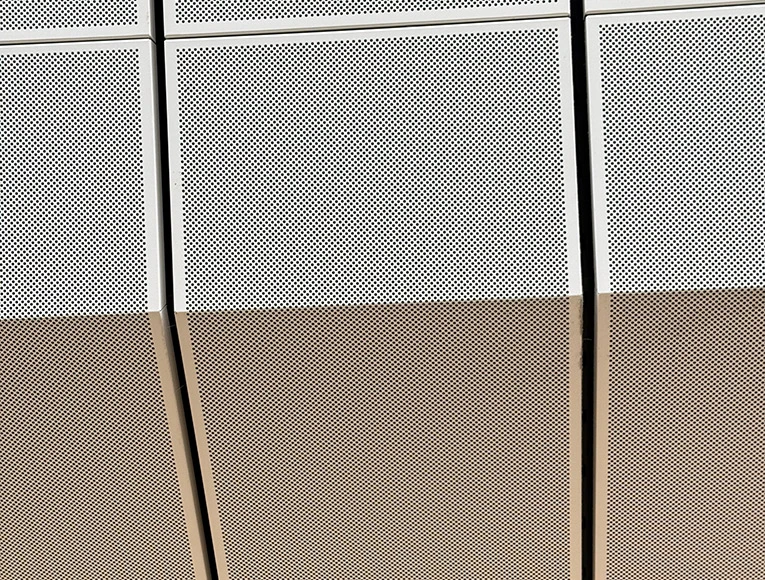
(expanded metal mesh for plastering)
FAQS on expanded metal mesh for plastering
Q: What is expanded metal mesh for plastering used for?
A: Expanded metal mesh for plastering reinforces plaster or stucco on walls and ceilings. It prevents cracking by distributing stress evenly. It is commonly used in construction for durability and structural support.
Q: How does EML plastering mesh differ from other plaster meshes?
A: EML plastering mesh is made from galvanized steel for corrosion resistance. Its diamond-shaped openings allow plaster to grip firmly. It is stronger and longer-lasting than fiberglass or plastic alternatives.
Q: Why choose steel expanded metal mesh for plaster applications?
A: Steel expanded metal mesh offers high tensile strength and fire resistance. It adapts to uneven surfaces, ensuring consistent plaster adhesion. Its durability makes it ideal for heavy-duty or exterior projects.
Q: Can expanded metal mesh be used for both interior and exterior plastering?
A: Yes, galvanized steel expanded mesh is suitable for both environments. It withstands moisture and temperature changes outdoors. For interiors, it provides reliable reinforcement for ceilings and partition walls.
Q: What factors determine the best expanded metal mesh for plastering?
A: Key factors include mesh aperture size, thickness (gauge), and material coating. Smaller apertures work for thin plaster layers, while thicker gauges handle heavy loads. Galvanized or stainless steel is recommended for wet areas.

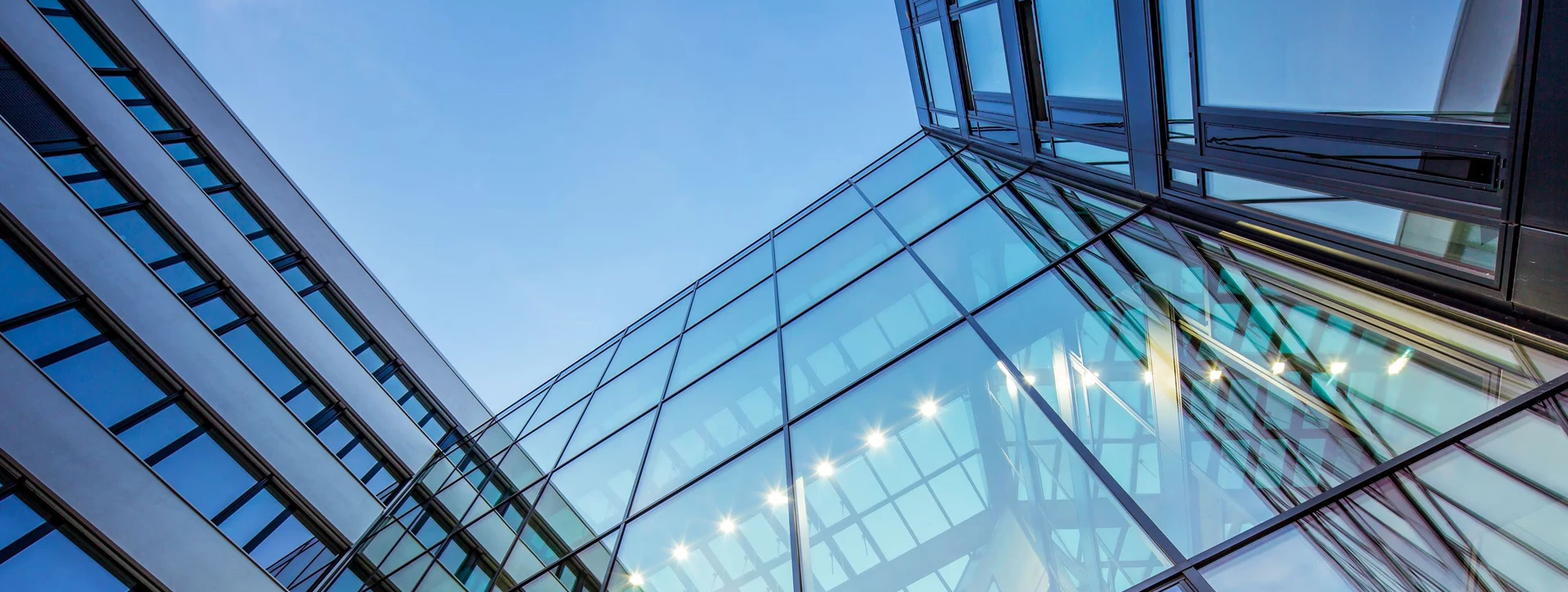
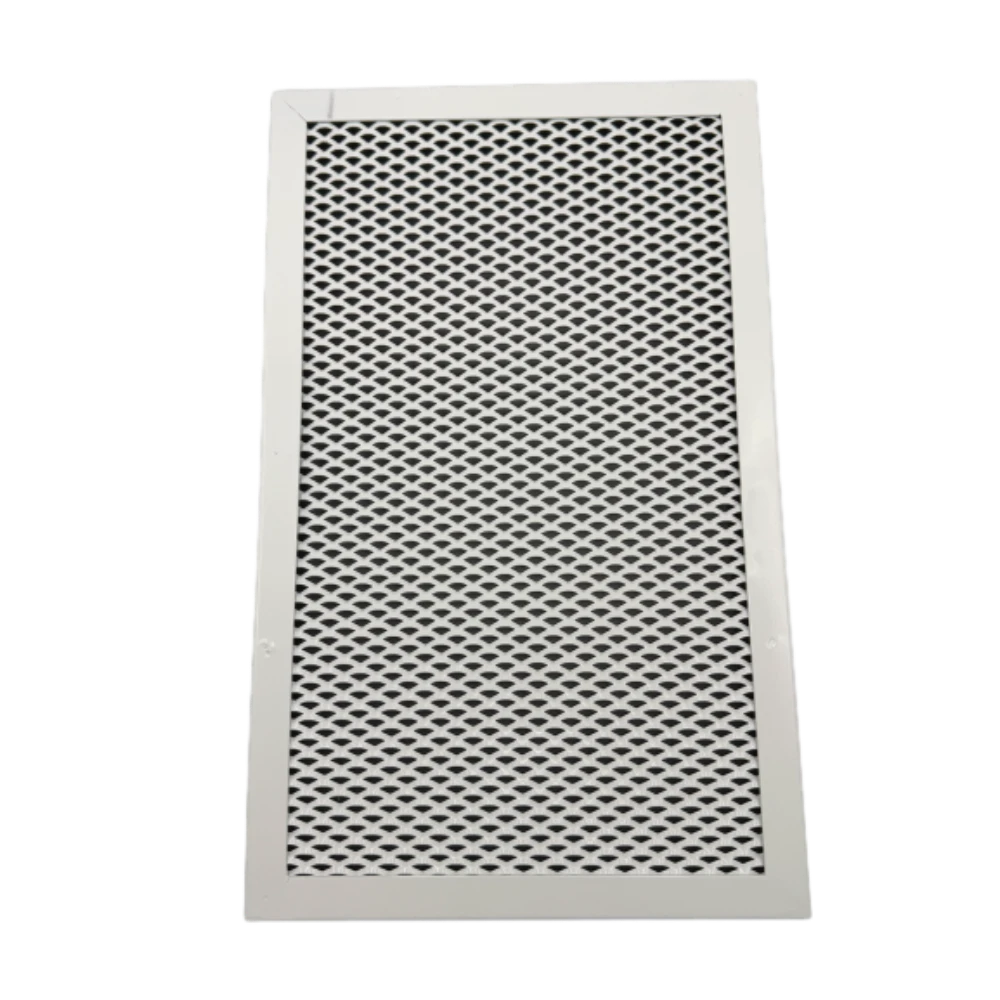

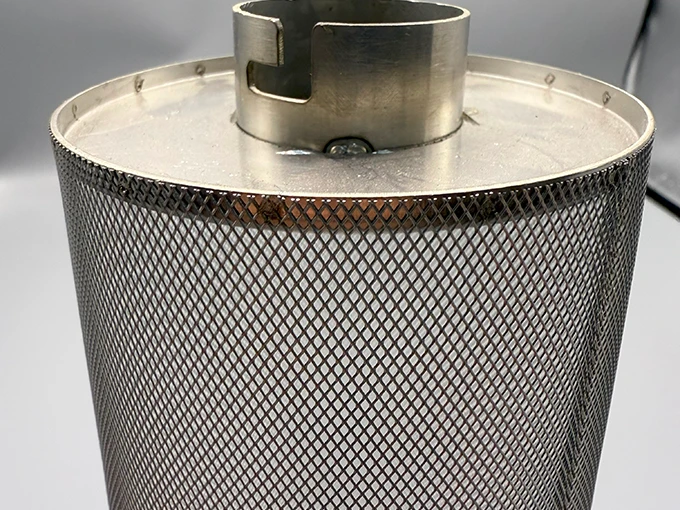
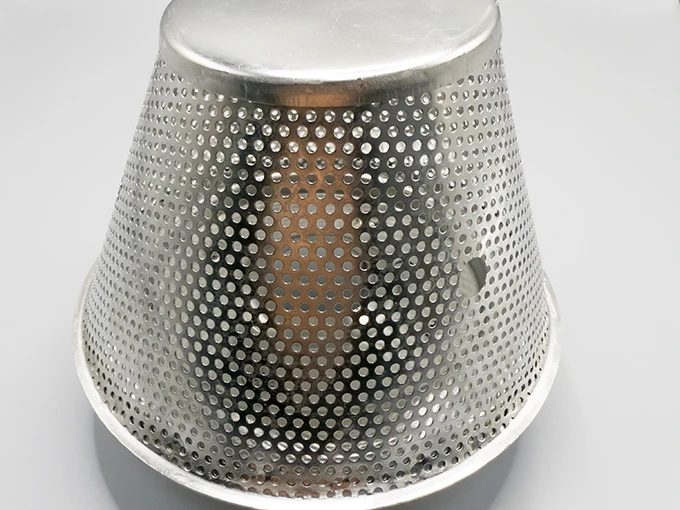












![$item[title] $item[alt]](https://www.ccmetalmesh.com/images/cc-7691.webp)

